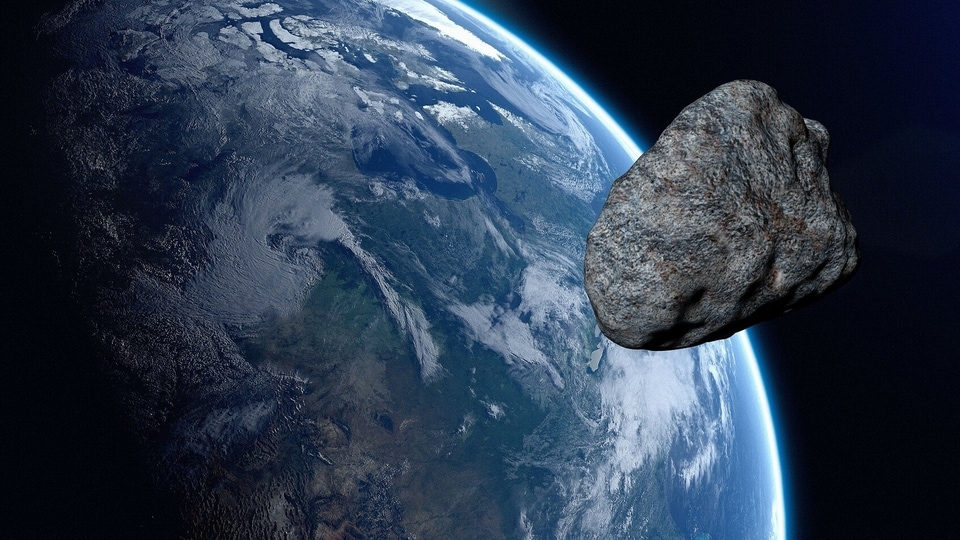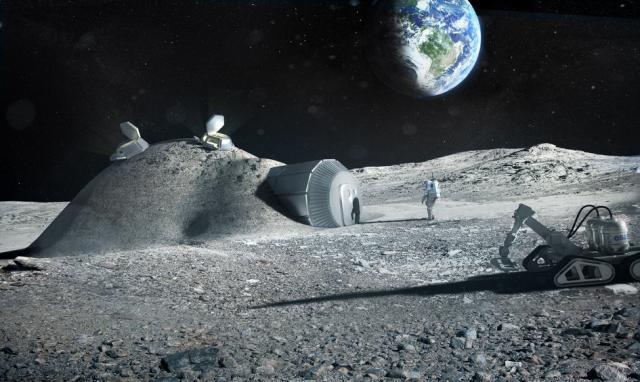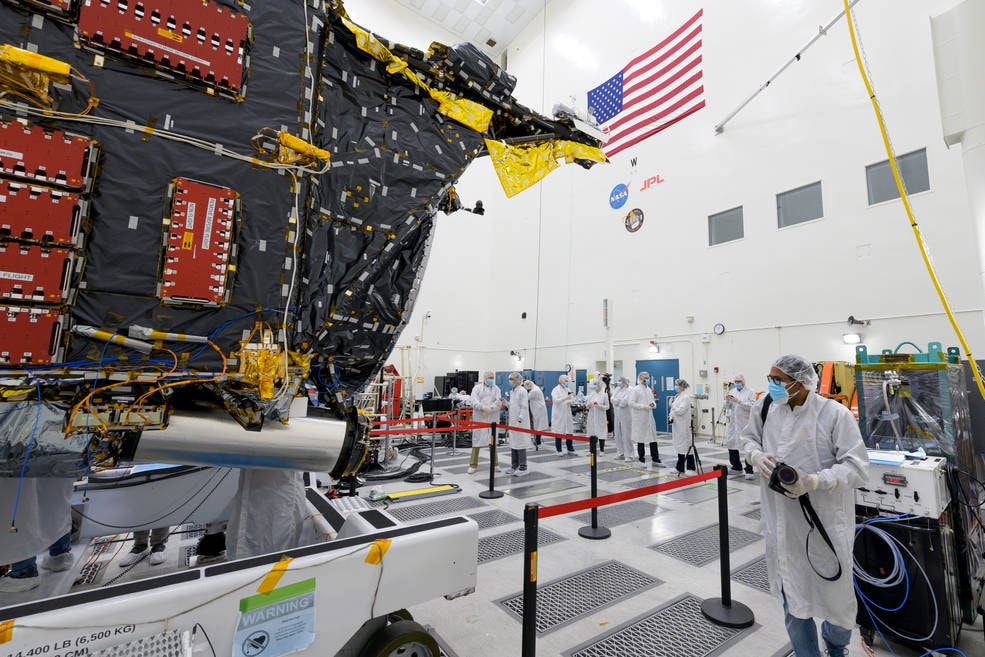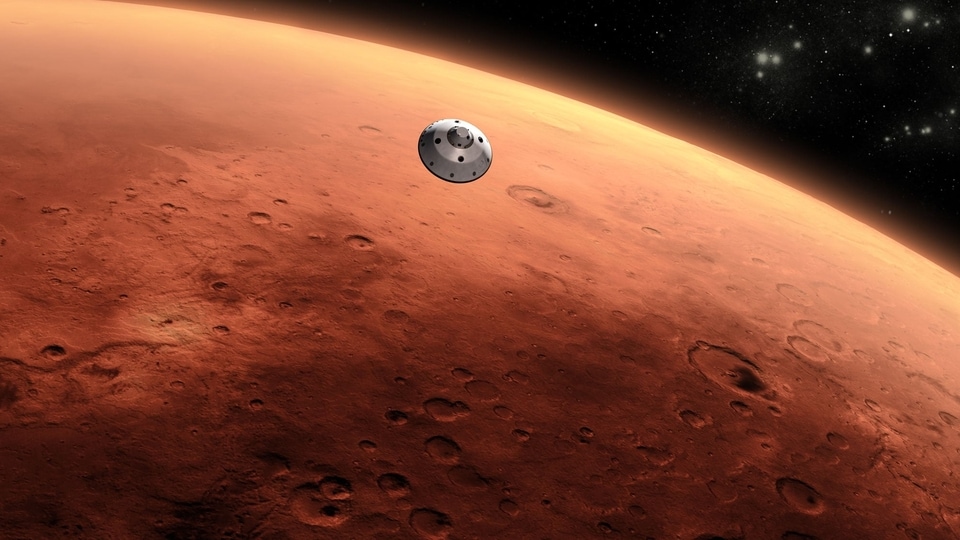Terrifying! These tiny asteroids sneak up and crash into Earth, even NASA can’t catch them
While NASA is efficient in observing and keeping track of larger asteroids, it is the smaller ones which escape its vigilance. And that can be terrifying for the Earth. Find out the risk these tiny and sneaky space rocks pose.







 View all Images
View all ImagesDue to the constant vigilance of various NASA telescopes as well as observatories by other space agencies, today more than 29,000 dangerous asteroids in the solar system are being tracked. Observing these potentially hazardous asteroids helps the scientists prepare prediction models to assess their impact threat and prepare us for any countermeasures. Recently, the European Space Agency was able to use these models to eliminate the possibility of a particularly terrifying asteroid 2021 QM1 striking the planet in 2052. However, this entire system is efficient to a point. Larger asteroids are not a problem for our powerful telescopes as they can mostly be located and tracked, but when these space rocks go under 10 meters, that is when trouble for Earth starts. NASA, or others, are not really very good at spotting them and that can have disastrous consequences for us.
In February this year, an asteroid named 2022 EB5 was spotted striking the Earth near the coastal region of Iceland. Interestingly, the first time it was spotted was merely two hours before the impact. But by then, it was too late to do anything about it and the asteroid smashed into the ground. Luckily, it was just 2-meters wide and did not do much damage in an already remote landscape. But the situation can quickly turn scary if the scenario is changed slightly. If the asteroid had smashed into a densely populated city, a tragedy would would have taken place.
Tiny asteroids pose a different threat to the Earth and NASA can't spot them all
In 2013, a meteor exploded above the city of Chelyabinsk in Russia. It created a massive shockwave upon exploding above ground that created massive damage in an area 100s of kilometers wide. According to Russian authorities, around 1,400 people sought medical attention and 112 people were hospitalized as a result of it. The injuries were not caused directly by the shockwave but due to secondary blast effects like shattered glass, damaged infrastructure and more. And just like 2022 EB2, this asteroid was not spotted earlier either.
“Tiny asteroids like 2022 EB5 are numerous, and they impact into the atmosphere quite frequently – roughly every 10 months or so. But very few of these asteroids have actually been detected in space and observed extensively prior to impact, basically because they are very faint until the last few hours, and a survey telescope has to observe just the right spot of sky at the right time for one to be detected”, said Paul Chodas, the director of CNEOS at JPL, as quoted by NASA.
Now, the concern is, if NASA cannot spot these asteroids, then one of them can easily explode near or above a heavily populated area and can cause widespread death and damage. This terrifying fate is not a matter of if but when. So far, the Earth has been incredibly lucky because the Chelyabinsk incident is the worst one to have taken place in recent history. However, as one such asteroid crashes into the Earth every 10 months, escaping it forever might not be possible. Whether NASA develops a technology to spot and strike them down in space is something that remains to be seen.
Catch all the Latest Tech News, Mobile News, Laptop News, Gaming news, Wearables News , How To News, also keep up with us on Whatsapp channel,Twitter, Facebook, Google News, and Instagram. For our latest videos, subscribe to our YouTube channel.




























